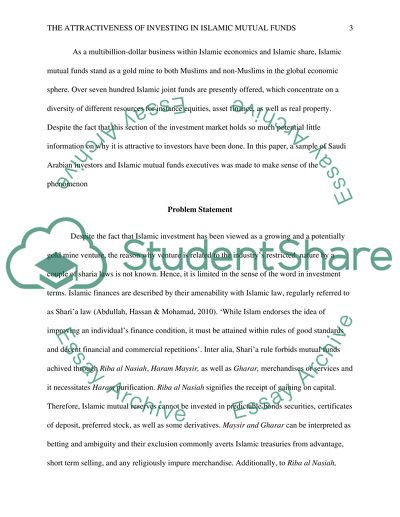Cite this document
(“The attractiveness of investing in islamic mutual funds Research Proposal”, n.d.)
The attractiveness of investing in islamic mutual funds Research Proposal. Retrieved from https://studentshare.org/finance-accounting/1673199-the-attractiveness-of-investing-in-islamic-mutual-funds
The attractiveness of investing in islamic mutual funds Research Proposal. Retrieved from https://studentshare.org/finance-accounting/1673199-the-attractiveness-of-investing-in-islamic-mutual-funds
(The Attractiveness of Investing in Islamic Mutual Funds Research Proposal)
The Attractiveness of Investing in Islamic Mutual Funds Research Proposal. https://studentshare.org/finance-accounting/1673199-the-attractiveness-of-investing-in-islamic-mutual-funds.
The Attractiveness of Investing in Islamic Mutual Funds Research Proposal. https://studentshare.org/finance-accounting/1673199-the-attractiveness-of-investing-in-islamic-mutual-funds.
“The Attractiveness of Investing in Islamic Mutual Funds Research Proposal”, n.d. https://studentshare.org/finance-accounting/1673199-the-attractiveness-of-investing-in-islamic-mutual-funds.


